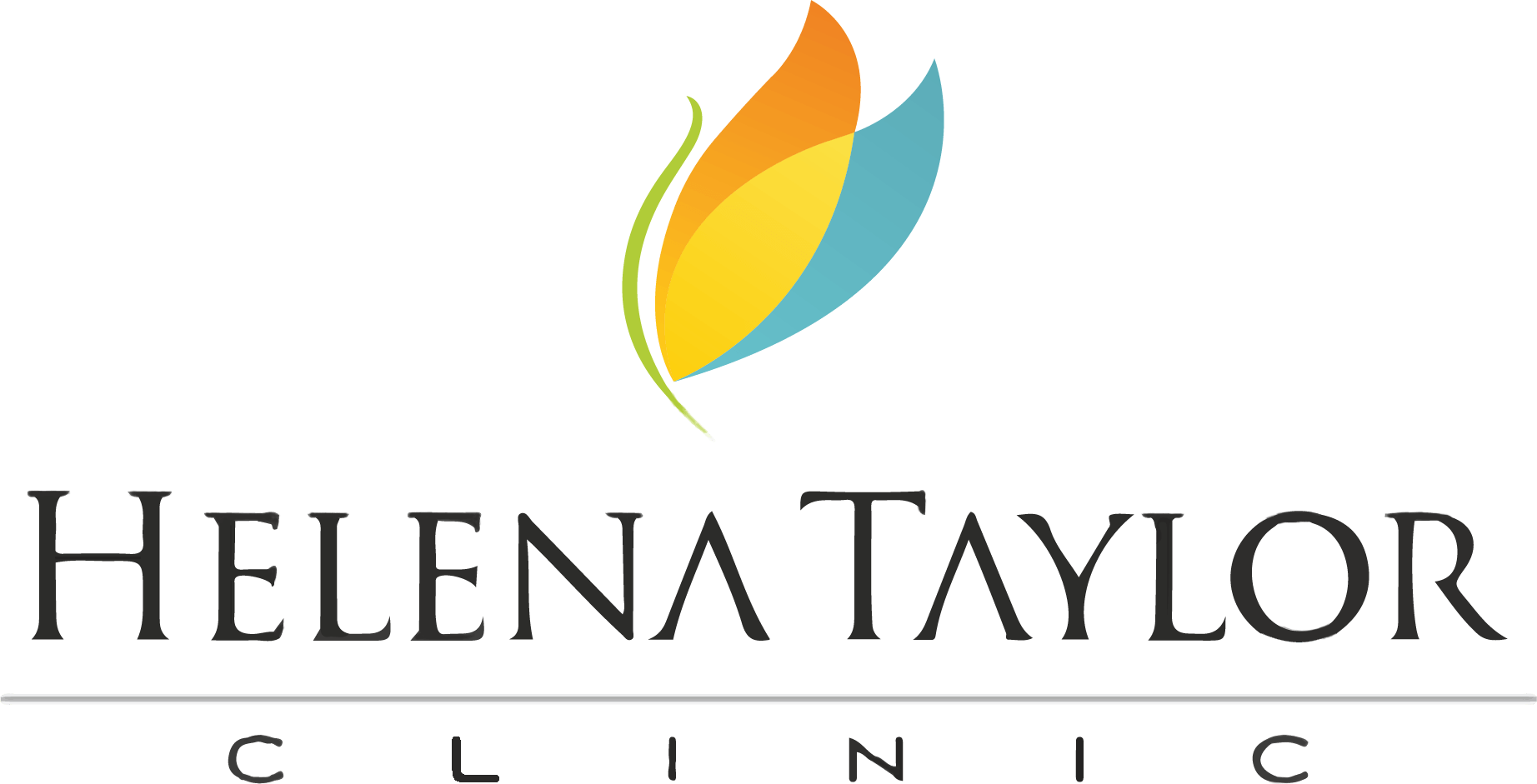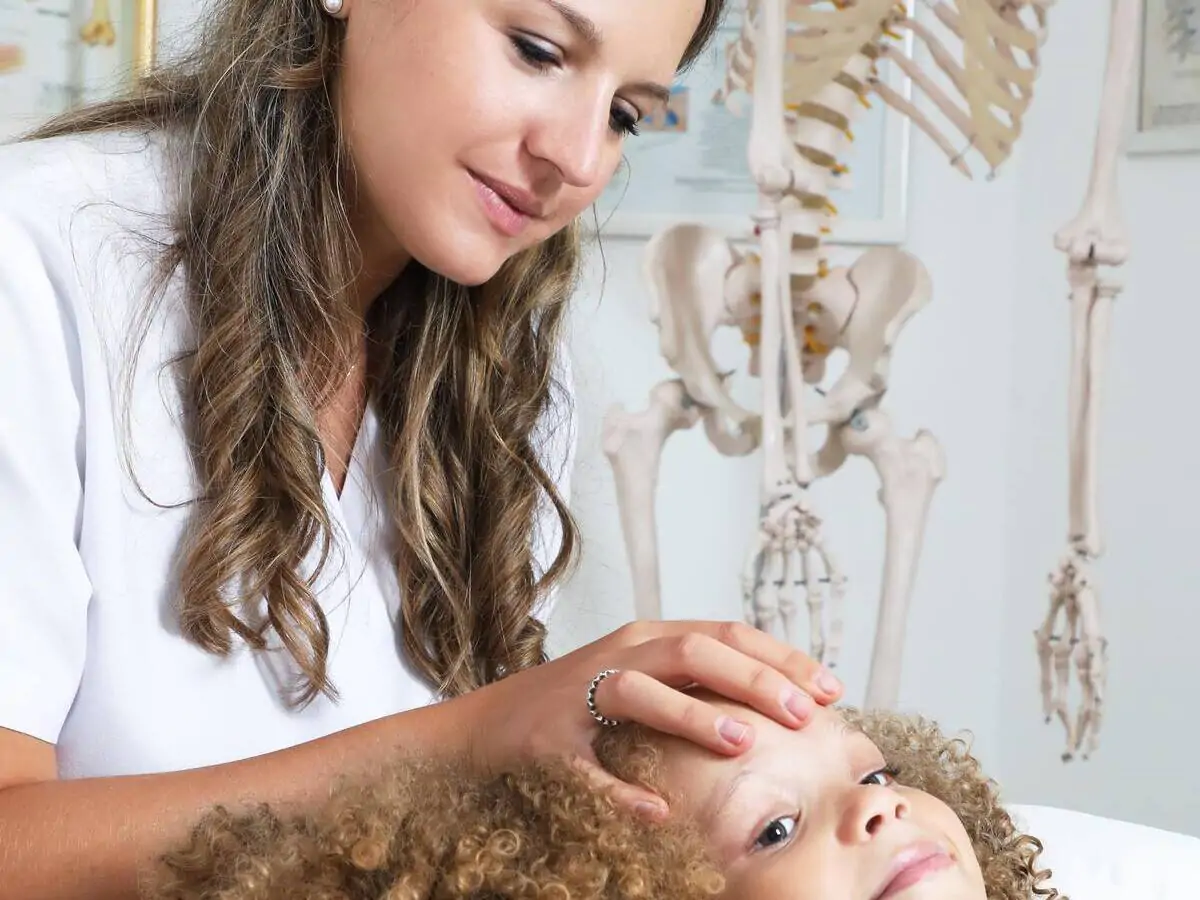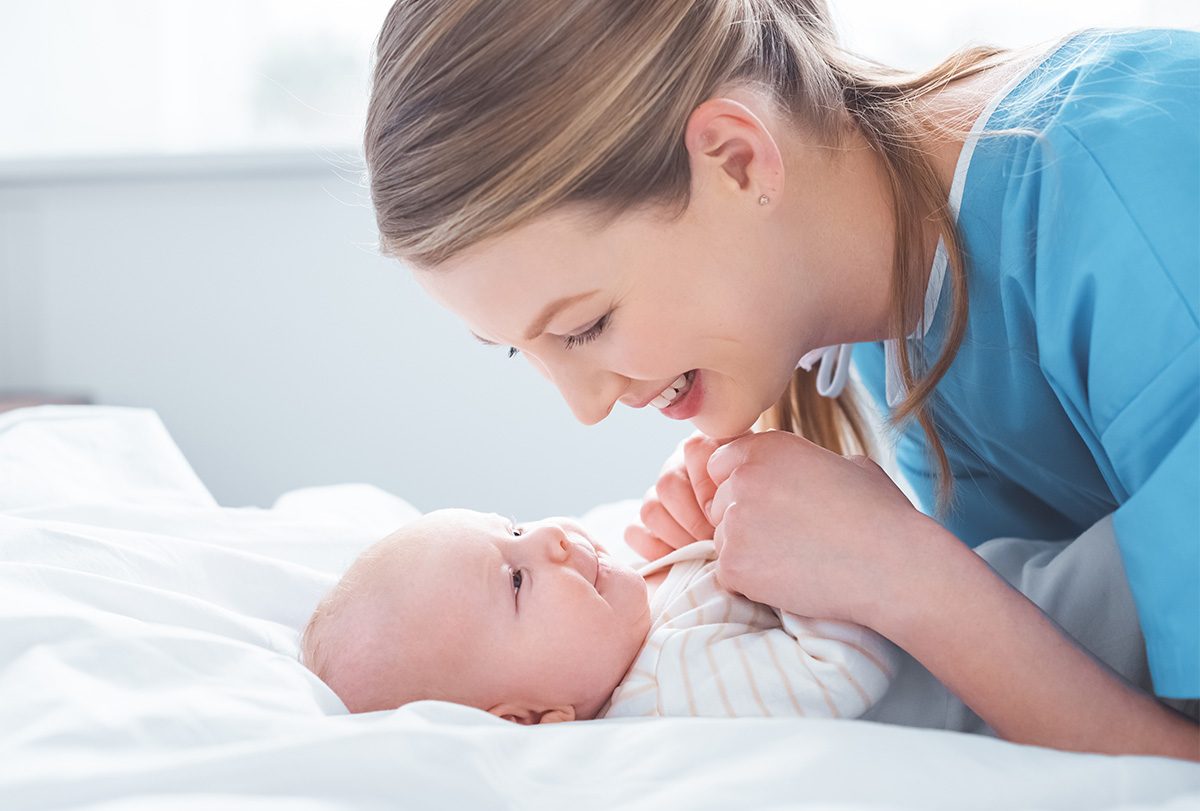Osteopathic manual therapy is an exceptional form of alternative medicine that comes highly recommended for the relief of musculoskeletal dysfunctions and effective pain management. The beauty of this therapy lies in its ability to address not only these concerns but also a range of other health issues specifically pertaining to women.
What is osteopathy?
Osteopathy views the body as a cohesive and interconnected system where everything works together in harmony. The aim of osteopathy is to restore balance and optimal function throughout your entire body by identifying the underlying cause of any discomfort you may be experiencing. This uniquely tailored treatment involves meticulous and intuitive manipulations of your bones and soft tissues, all within the limitations set by your own body.
During the treatment, our expert osteopaths will apply gentle pressure and use their finely tuned sense of touch to identify any areas of increased musculoskeletal tension in your body. They will then work their magic to release any tension or restrictions with a very delicate touch. This process may sound complex, but rest assured, it is a gentle and soothing experience that will leave you feeling relaxed and rejuvenated.
Osteopaths can work with you to help your body recover from pregnancy, labour, and childbirth and help and support you with any problems you may have while feeding and carrying your newborn baby. As your body changes throughout and after pregnancy, you may experience aches, pains, or restrictions of movement. These aches, pains, and restrictions most commonly manifest as back, neck, or hip pain but can produce pain anywhere in the body.
Osteopathy – a holistic approach
At Helena Taylor Clinic, we take a holistic approach to health. We understand bodily discomfort often has emotional, nutritional, and lifestyle causes. That’s why we focus on treating the whole person, not just their physical symptoms.
Notably, our osteopathic approach considers all these factors, helping us to provide personalised treatments for each of our patients. Our qualified professionals use a range of techniques, including soft tissue adjustments, to improve the overall well-being of our patients.
We don’t just stop there; our team also offers post natal massage and helps you understand the difference between osteopathy and chiropractic care.
Postnatal osteopathy
As a woman, it’s no secret that your body undergoes significant changes during pregnancy. From growing a tiny human to carrying them around postpartum, it’s essential to prioritise alignment and motion to ensure your current and future health. That’s where postnatal massage and manual therapies come in.
Osteopathic treatment is also effective for diagnosing and treating common postnatal aches and pains. Regular sessions support recovery from childbirth and can help to prevent pain from developing in the future.
Whether you prefer the hands on approach of osteopathy or chiropractic or the gentle soft tissue adjustments of craniosacral therapy, these modalities can help increase circulation, reduce inflammation, and relieve any discomfort you may be experiencing. Remember, your body has just accomplished an incredible feat and deserves some extra TLC to thrive fully during this dynamic life stage.
Immediate postnatal care for the mother
During pregnancy, your body has adjusted to accommodate your growing baby’s weight, leading to changes in your posture. However, this weight disappears after giving birth, and as a new mother, your body must quickly adapt to these changes.
It’s important to note that pregnancy hormones can continue to affect your muscles and ligaments for up to six months postpartum, making them more relaxed and elongated. This can put additional stress on the joints, ligaments, and discs in your lower back and other areas, increasing the risk of injury. Fortunately, osteopathy can help address these concerns and support you during this transformative time with a new baby at home. Osteopathic treatment aims to rebalance your body, considering the demands of lifting, carrying, and feeding your little one.
Additionally, it can help harmonize your nervous system and balance the surge of various hormones released during this period. Realigning and supporting your body can help alleviate discomfort and promote overall well-being. If you have any concerns or questions, it’s always recommended to consult with a trusted gynaecologist who can provide expert advice tailored to your specific needs.
Osteopathy for newborns and infants (paediatric osteopathy)
Newborn and infant treatment eases the physical stresses from pregnancy and birth and is effective for:
- Trauma from difficult delivery (very long or short delivery, ventouse or forceps interventions.)
- Breastfeeding challenges (latching difficulty, preference for feeding on one side.)
- Crying, fussiness, difficulty settling, colic, sleep disturbances.
- Digestive issues (reflux, gas, constipation)
- Head shape asymmetries and congenital torticollis.
To anticipate future disorders, it is beneficial to have your newborn checked by your osteopath, even if no symptom has appeared. Cranial osteopathy is a very gentle and holistic approach focusing on the problem’s root.
The aim is to remove any tensions that may have occurred during pregnancy and delivery and restore proper balance and alignment of the body to optimise health and well-being.
With gentle and appropriate techniques, the osteopath will re-balance the baby’s tensions by working on the whole body. It can also release the tension around the mouth to allow your baby to breastfeed and bottle feed easily if having difficulty.
The alignment and symmetry of the spine are always important for the baby’s growth and general well-being – and it is always advisable to check that the baby is breathing from its diaphragm, which helps with colic, general circulation, and bowel movement. Many newborns who have not yet learnt to breathe using their diaphragms – and only have a very shallow breathing pattern.
This can lead to a very unsettled baby with problems falling into a proper deep sleep pattern and easily startled by any noise or movement. When the diaphragm is restricted, it can cause digestive discomforts like constipation and retained wind, which leads to colic problems or difficulties with burping the baby.
Paediatric osteopathic treatment is very gentle and uses subtle techniques which release stresses and strains in the baby’s body. Cranial treatment is one of these techniques, which assists in unfolding the cranial bones and enables the body to grow into the correct alignment and, subsequently, good health.
Prevention with osteopathy
If you are someone who has experienced persistent back or pelvic pain, you know firsthand how debilitating it can be. That’s why taking preventive measures is important to avoid future pain. Seeking osteopathic treatments regularly, especially during and after pregnancy, can greatly reduce the risks of lasting issues.
Osteopathy is a non-invasive form of therapy that focuses on the rhythmic movement of joints. It helps alleviate pain, restore mobility, and improve overall function. Our trained and caring osteopaths understand each patient’s unique needs and work to develop a personalised treatment plan. Don’t wait until the pain becomes unbearable- take the first step towards a pain-free life.
How soon should you see an osteopath after giving birth?
It is recommended to see an osteopath within the first few weeks following delivery, as this is when your body is most receptive to treatment. However, we understand that every new mom’s experience is unique, and we are here to support you whenever you are ready. Whether it’s a few days or a few months after giving birth, we are here to help you feel your best. Even if you’ve been blessed with a straightforward labour and birth experience, a postpartum check-up between 4-6 weeks will mean that any imbalances are spotted early on and corrected.
Sources
Osteopathic Relief for Infants and New Mothers (bodycotoronto.com)
How soon after childbirth should you see an osteopath? – Osteo & Physio (osteoandphysio.co.uk)
Should I Take My Newborn Baby to An Osteopath? | My Baba










